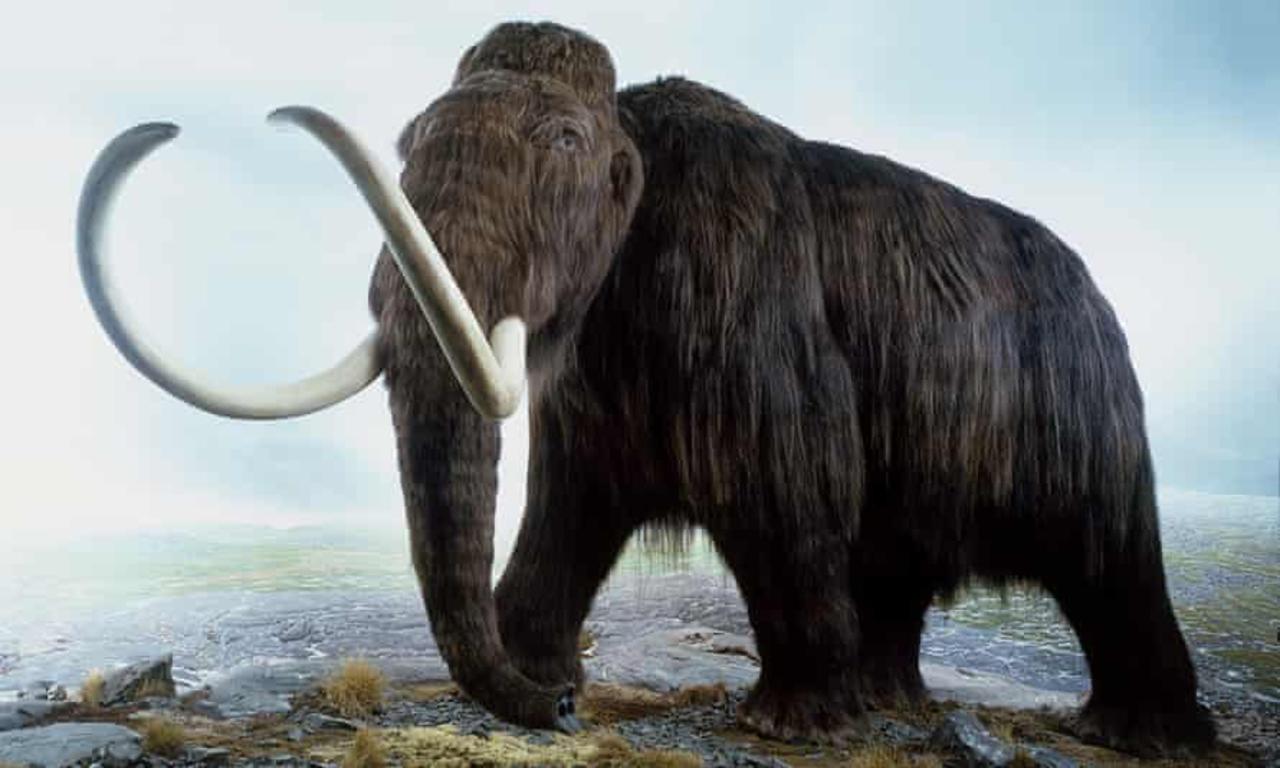
CRISPR Startup Wants To , Resurrect the Woolly Mammoth , by 2027.
Colossal, a startup focused on "de-extinction," wants to use CRISPR, a gene editing technology, to bring back the woolly mammoth.
While woolly mammoths wouldn't be exactly replicated per se, their genetic traits would be passed on to their elephant cousins.
This would result in a hybrid that could survive in areas where mammoths once roamed over 10,000 years ago.
Our true North Star is a successful restoration of the woolly mammoth, but also its successful rewilding into interbreeding herds in the Arctic.
We're now focusing on having our first calves in the next four to six years, Ben Lamm, Colossal's co-founder and Chief Executive, via statement.
The company, which has raised $15 million so far, hopes to bring attention to biodiversity problems and find ways to fix them.
The pipeline of large scale genome engineering techniques can be applied to many other applications beyond de-extinction, and therefore [are] most promising for commercialization, George Church, Colossal's co-founder and Harvard Medical School professor, via statement.
The company wants to develop artificial wombs to grow its mammoth embryos.
Another species Colossal is considering resurrecting is the woolly rhinoceros, a relative to the Sumatran rhino
